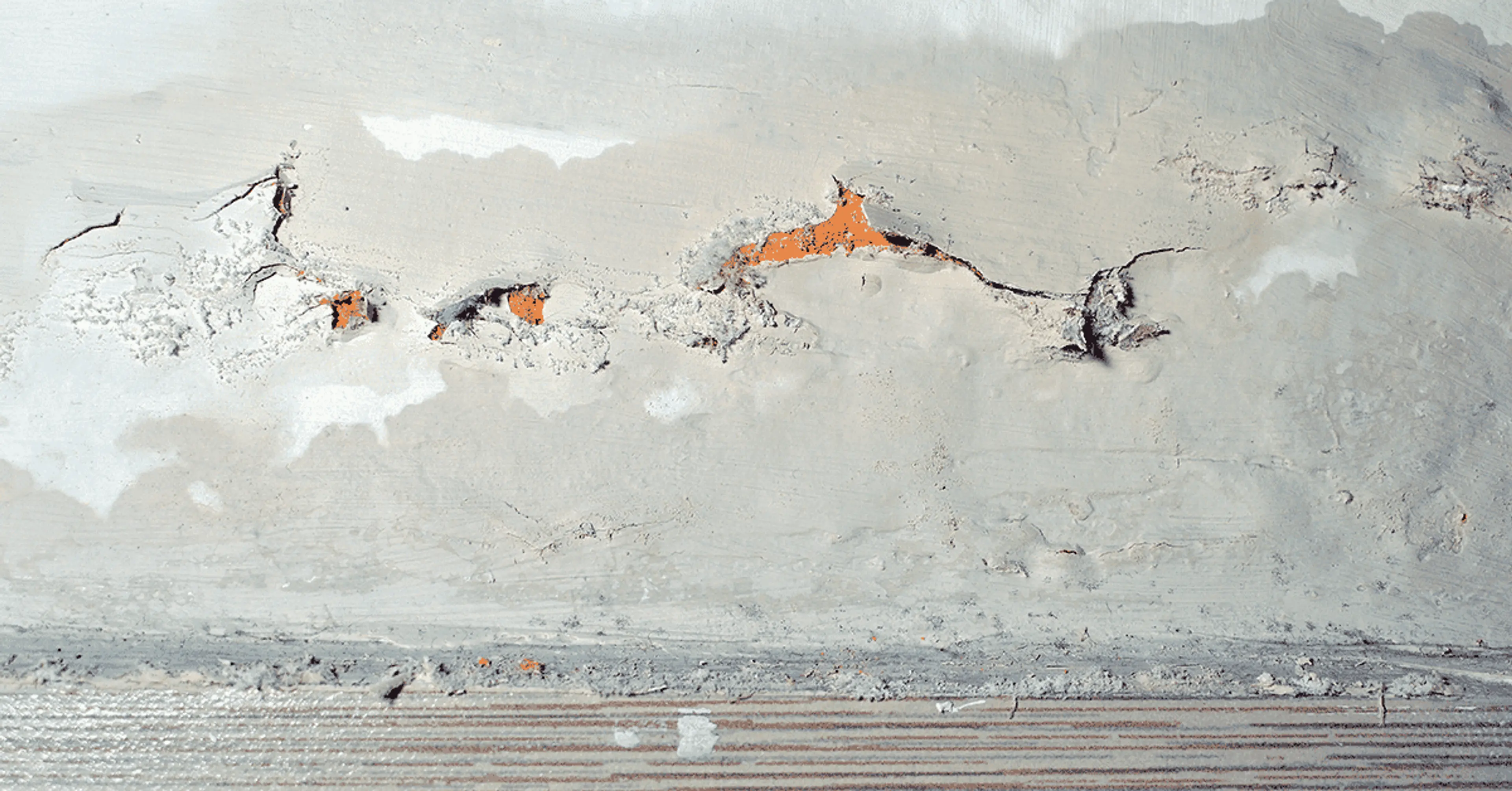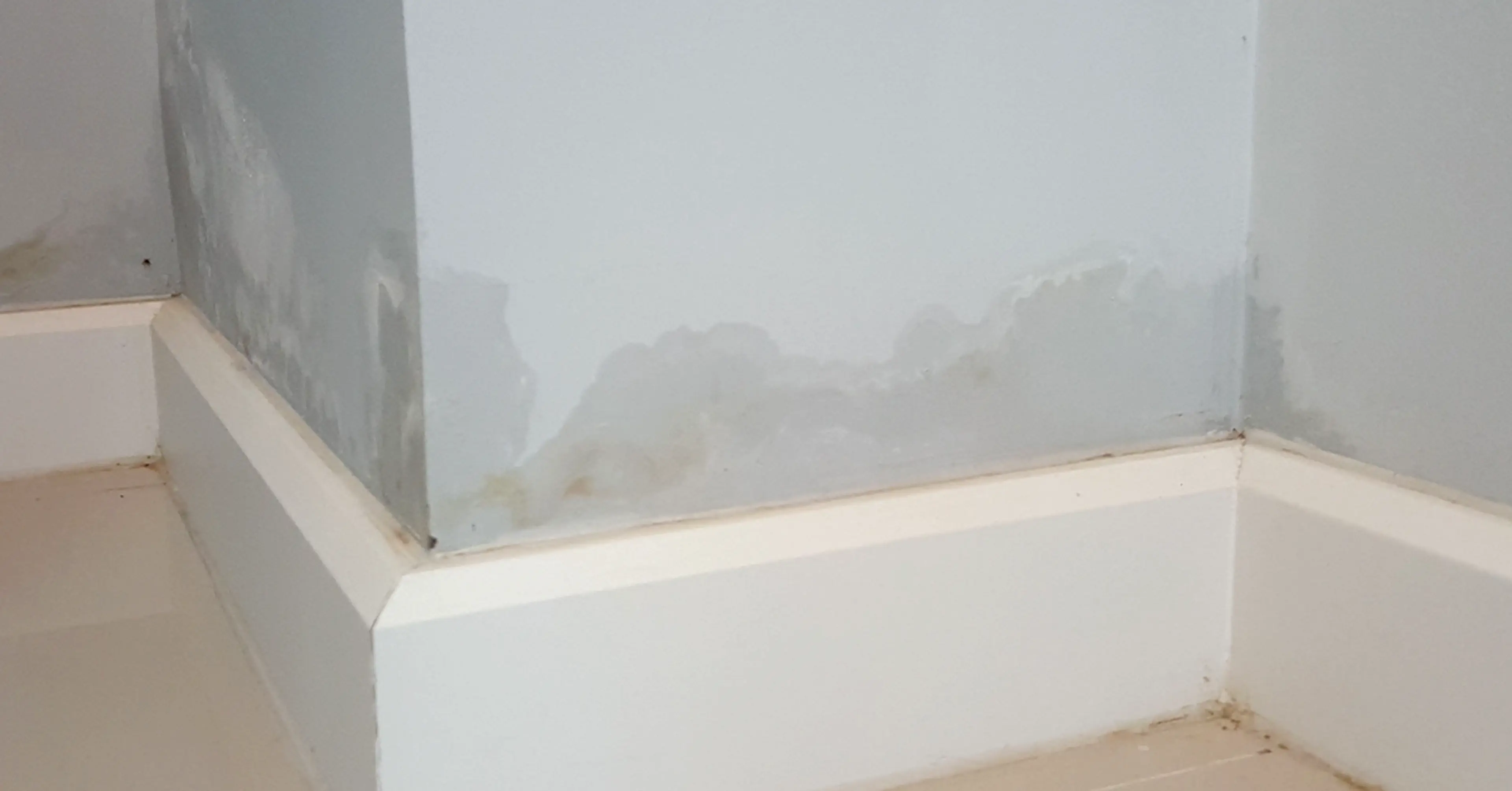Top 10 Rising Dampness Questions With Solutions From Experts

 Dec , 2023
Dec , 2023- Berger Speaks
- 5 Min Read
Read this blog for FAQs surrounding the persistent challenge of rising dampness.
Rising damp is a homeowner’s nightmare, silently creeping up the walls and wreaking havoc on your property. It’s a problem that plagues residents all over the country, leaving them with a multitude of questions and concerns.
In this comprehensive guide, we’ll explore the ten most pressing questions related to rising dampness from residents who’ve faced this issue. It will come with expert insights and practical advice that’ll help you conquer this common household enemy. So without any further ado, dive right in!
#1 Question From Mukul Residing In Mumbai: What Exactly Is Rising Dampness?
Answer: Rising dampness, ‘the silent invader,’ is the upward movement of groundwater through the walls of a building. It’s a process that’s as gradual as it is destructive. Imagine your walls acting like sponges, absorbing moisture from the ground below, and causing all sorts of problems, from peeling paint to crumbling plaster.
#2 Question From Bhavesh From Daman: How Can I Detect Rising Dampness?
Answer: Detecting rising dampness early is key to preventing major structural damage. Look out for telltale signs like tide marks on your walls, peeling wallpaper, or a musty smell on your ground floor walls.
#3 Question From Julie Hailing From Goa: What Causes Rising Dampness?
Answer: Understanding the root causes is crucial. Our experts will unravel the mysteries behind wall dampness causes. Simply put, the upward movement of moisture primarily caused by capillary action allows water to be drawn upwards against gravity. Common contributing factors include the absence or deterioration of a damp-proof course (DPC), poorly maintained or porous building materials, and inadequate drainage systems.
#4 Question From Sailesh Living In Kochi: Is Rising Dampness a DIY Fix?
Answer: Some DIY enthusiasts might be tempted to tackle rising dampness on their own. However, we strongly believe that rising dampness is a serious issue and recommend professional intervention for a long-lasting solution.
#5 Question From Surya Staying In Chennai: What Are The Health Implications Of Rising Dampness?
Answer: Rising dampness isn’t just about your property; it can affect your health too. Mould and mildew growth, which are common consequences of damp environments, can release allergenic spores and mycotoxins into the air, leading to respiratory issues, allergies, and skin problems. Moreover, a damp living environment can exacerbate conditions like asthma. Prolonged exposure to these conditions can have detrimental effects on overall well-being. Therefore, addressing rising dampness is not only essential for the structural integrity of a building but also for the health and comfort of its inhabitants.
#6 Question From Devika Living In Hyderabad: Can Rising Dampness Devalue My Property?
Answer: The short answer is yes. Yes, rising dampness can indeed have a negative impact on the value of your property. It is a concern for potential buyers or renters, as it can be a sign of structural issues and poor maintenance. Properties with a history of rising damp are often viewed as less desirable and may have reduced market value compared to dry and well-maintained homes. Additionally, the cost of remediation and repairs to address rising damp can be substantial, which further affects the property’s overall value. To maintain or enhance your property’s worth, addressing rising damp issues promptly is crucial.
#7 Question From Subrato Living In Kolkata: What Are The Common Myths About Rising Dampness?
Answer: There are several misconceptions surrounding rising dampness. Here are some common myths:
Painting over the issue solves it: One of the prevalent myths is that a fresh coat of paint can conceal rising damp. In reality, it only masks the problem temporarily, and the dampness will resurface, potentially causing more damage.
Rising damp affects only old buildings: Rising damp can impact both old and new structures. It’s not exclusive to historic properties, and any building can be susceptible if proper damp-proofing measures are not in place.
It’s just a cosmetic issue: Some people underestimate rising damp, thinking it’s merely a cosmetic concern. However, it can lead to structural damage, health issues, and reduced property value if left unaddressed.
It’s always visible: Rising damp doesn’t always manifest as visible damp patches on walls. It can be hidden behind plaster, making it challenging to detect without a professional assessment.
It’s an easy DIY fix: Treating rising damp typically requires professional expertise and specialised materials. DIY attempts often lead to ineffective solutions, exacerbating the issue.
Rising damp goes away on its own: Some believe that rising damp problems will naturally subside. In reality, rising damp tends to worsen over time and requires intervention.
#8 Question From Saritha Living In Mangaluru: How Can I Prevent Rising Dampness?
Answer: Preventing rising dampness involves a combination of proactive measures which include proper ventilation, effective drainage and damp-proof course (DPC).
#9 Question From Srinivas Living In Vijayawada: Can Rising Dampness Affect The Structural Integrity Of a Building?
Answer: Rising dampness, if left untreated, can lead to structural damage, including the decay of timbers and masonry. Over time, this can weaken the building’s structural integrity.
#10 Question From Kalpesh Living In Diu: Can Rising Dampness Affect Indoor Air Quality?
Answer: Yes, rising dampness can lead to mould growth, which can impact indoor air quality and potentially cause health issues. It’s essential to address rising dampness to maintain a healthy living environment.
Conclusion
As you can see, we’ve responded to residents from all corners of the country who’ve faced rising dampness issues.
Rising dampness is a formidable foe, but armed with the right knowledge and expert advice, you can protect your home and your family. In this comprehensive guide, we’ve tackled the ten most pressing questions about rising dampness, providing you with a wall dampness solution to combat this insidious threat.
Don’t let your property fall victim to the silent invader – be informed, be prepared, and keep your home dry and healthy.
If you see signs of rising dampness, don’t delay. Take action today by texting HS to 56767 and get your home walls treated with Berger Homeshield Rising Dampstop.
If you enjoyed reading this, here’s something you might like, “Berger Homeshield Rising Dampstop – A Scientific Solution For Rising Dampness In Your House.“



